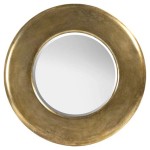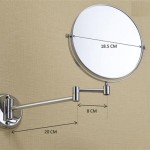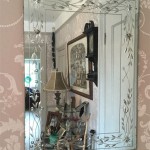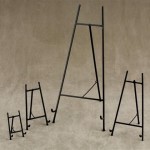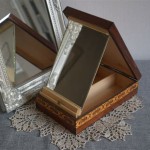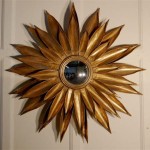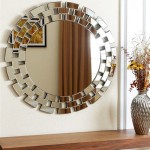How to Create a Two-Way Mirror
A two-way mirror, also known as a one-way mirror or half-silvered mirror, appears reflective on one side and transparent on the other. This effect is achieved through a thin metallic coating applied to a piece of glass. The reflectivity depends on the lighting conditions on either side of the mirror. The side with brighter light will appear reflective, while the dimmer side will allow observation through the glass.
1. Acquiring the Necessary Materials
Creating a two-way mirror requires a few essential materials. The primary component is a piece of high-quality glass, ideally chosen for its clarity and lack of imperfections. Standard window glass can be used, but specialty glass designed for mirrors provides superior results. The crucial ingredient is a specialized two-way mirror film or coating. This film contains a thin layer of metallic material, typically silver or aluminum, that creates the semi-reflective effect. This film can be purchased from specialty glass suppliers or online retailers. Other materials include a spray bottle filled with distilled water, a squeegee for applying the film, a clean, lint-free cloth, and a sharp cutting tool for trimming the film.
2. Preparing the Glass Surface
Thorough preparation of the glass surface is vital for successful application of the two-way mirror film. The glass must be meticulously cleaned to remove any dust, dirt, or fingerprints. Begin by washing the glass with a mild soap and water solution, rinsing thoroughly with clean water. Follow this by cleaning the glass with a glass cleaner and a lint-free cloth. Finally, spray the glass with distilled water. The water acts as a lubricant, allowing for easier positioning and adjustment of the film during application.
3. Applying the Two-Way Mirror Film
Carefully peel the backing layer from the two-way mirror film. While peeling, lightly spray the adhesive side of the film with distilled water. This helps prevent the film from sticking prematurely and allows for repositioning during application. Position the film on the wet glass surface. Starting from one corner, use the squeegee to smooth out the film, working from the center outwards. This process removes any trapped water bubbles and ensures a uniform adhesion to the glass.
4. Trimming Excess Film
Once the film is fully applied and smoothed, trim any excess film around the edges of the glass. A sharp utility knife or razor blade provides the best control and precision for this step. Ensure the blade is sharp to avoid tearing the film. Carefully run the blade along the edge of the glass, removing the excess film for a clean, finished look.
5. Lighting Considerations for Optimal Effect
The effectiveness of a two-way mirror depends heavily on the lighting conditions on each side. For the mirror to function correctly, the observation side (the side intended for viewing) must be significantly darker than the reflective side. The greater the difference in light intensity, the more effective the mirror will be. In situations where the lighting difference isn't substantial, supplemental lighting might be required on the reflective side. This can be achieved with strategically placed light fixtures.
6. Safety and Ethical Considerations
The use of two-way mirrors raises ethical and privacy concerns. It is crucial to use them responsibly and legally. Surveillance or observation using a two-way mirror should only be conducted with the informed consent of all parties involved. In many jurisdictions, covert surveillance is illegal. Clearly disclosing the presence of a two-way mirror is essential to maintaining ethical standards and respecting privacy rights.
7. Applications of Two-Way Mirrors
Two-way mirrors find applications in a variety of settings. They are commonly used in law enforcement for observation rooms and interrogation rooms. In research settings, they allow for observation without influencing the behavior of subjects. They also have applications in entertainment, such as stage illusions and hidden camera scenarios. Architectural applications include creating unique design features and maximizing natural light in interior spaces. Security applications involve discreet surveillance in retail environments or sensitive areas.

How To Tell If A Mirror Is Two Way Or Not 8 Steps With Pictures

Tips For Identifying Whether Your Mirror Is Two Way Or Not Ledmyplace

How To Detect A Two Way Mirror Fingernail Test

Fingernail Test Comparison Between Standard Mirror And Acrylic Two Way Mirrors

How To Tell If A Mirror Is Two Way Or Not 8 Steps With Pictures

Two Way Mirror Mirrorworld

How A Two Way Mirror Works

Acrylic Two Way Mirror Choose Your Size For Smart Mirrors Home Privacy Security Infinity And Escape Rooms

Always Check Hotel Mirrors Social Media S Latest Scare

How To Tell If A Mirror Is Two Way Or Not 8 Steps With Pictures

